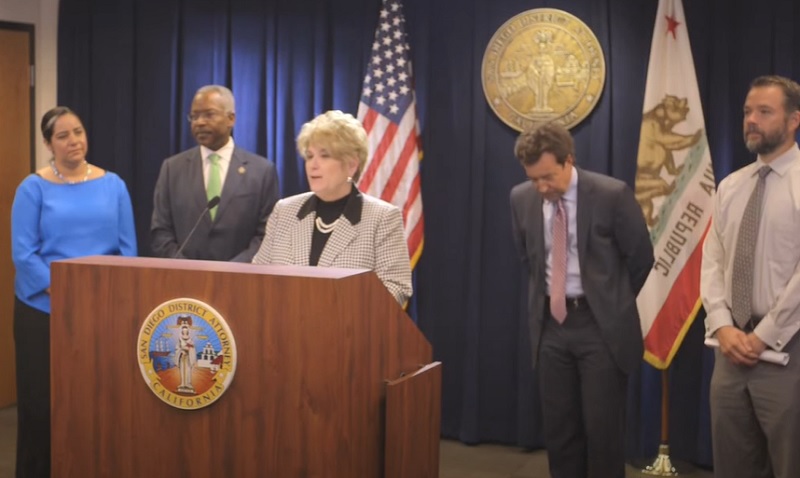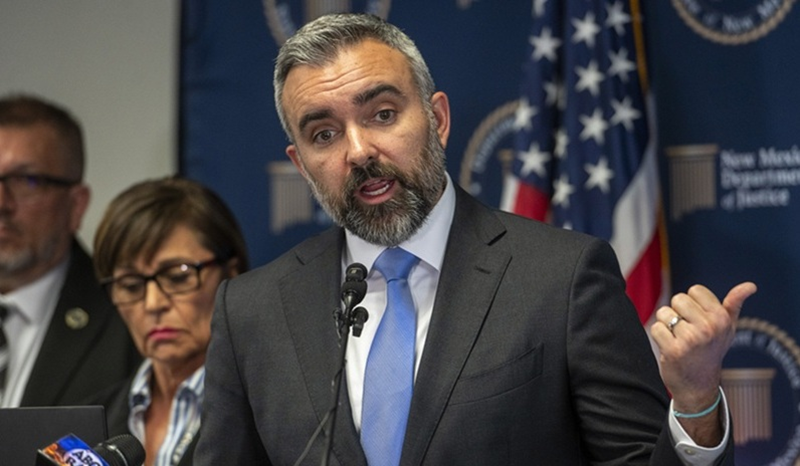
According to a report from the National Institute of Justice “Restorative justice centers on repairing harm to victims, rather than retribution for those who offended, with a focus on inclusion, accountability, and the community. It provides an alternative that may improve school safety without creating a punitive culture.” Restorative justice gets the most traction in juvenile cases.
To give some historical context to the restorative justice movement, it is important to understand the role of crime victims in the criminal justice system. Historically, the American criminal justice system is designed to protect the public at large from crime and disorder, not necessarily individual crime victims. The idea of the government-established rules of conduct and rules for dealing with those who do not conform to those rules goes back to legal codes dating most famously from the time of Moses and the Ten Commandments but some are even more ancient.
Prior to governments rendering of justice, individuals or tribes were on their own in seeking retribution or vengeance from an enemy, thief, killer, or rapist. That often meant destroyed villages and family vendettas that were not conducive to a stable society. Rulers stepped in and required that justice be handled within government systems with the government, or the people collectively, as the real victim of crime. Today we still allow individuals to exact personal compensation through civil courts, but when a crime is prosecuted, the judge cites the people or the state versus the defendant.
This shift from personal justice to government justice took the focus away from individual victims. In the 1970s the victims’ rights movement resulted in most if not all states and the federal government passing legislation to protect the rights of victims to be informed of case status and outcomes.
Concurrent with this trend was a renewed emphasis on prisoner’s rights, juvenile justice, and alternative to incarceration. Restorative justice arose in response to these concerns. On its face, it seems like a fine idea, and maybe it is. Crime victims get a sense of personal involvement, offenders see just how their behavior hurts real people, and the court system’s time gets a little less clogged.
Two government reports indicate marginal and spotty benefits as measured by whether its participants have less future involvement in crime compared to traditional processes. A 2017 U.S. Department of Justice report evaluated 60 research studies and could only conclude with an unimpressive conclusion that “Evidence suggests that some restorative justice programs—when compared to traditional approaches—can reduce future delinquent behavior and produce greater satisfaction for victims.”
A more recent report on a restorative justice program in Rhode Island schools rated the program “no effect”. Even that was an optimistic description, as the report’s introduction states “middle schoolers in the treatment group had a statistically significant higher likelihood of disciplinary referrals and out-of-school suspensions, compared with comparison group students, which was the opposite of what was intended. There were no statistically significant differences in disciplinary referrals or suspensions between high schoolers in the treatment and the comparison groups.”
So what can be wrong with a well-intended program to help young people change direction and crime victims feel better about it? As the pendulum swings in the world of juvenile justice, the post-Columbine crack down on juvenile crime, such as zero-tolerance policies, has eased, even with increasing concern over school violence, and has been replaced with no child (even criminals) left behind, and restrictions on what schools can do to control violent and disruptive behavior.
Based on the belief that punitive measures are disproportionately applied to minority students (schools have no control over what the students go home to every day), the civil liability and government red tape related to accountability for behavior has frustrated teachers and administrators. The National Education Association’s vehement opposition to school resource officers has also limited protections in schools from violence.
Restorative justice programs can be “played” by perpetrators who manipulate the system with fake remorse. It can result in disparate outcomes since not all offenders are eligible for the program, and victims may have an attitude of forgiveness on one hand or anger and retribution on the other. The restorations such as an apology, repayment of costs, or labor to repair damage, may be inadequate for the offense or feel like little accountability to an offender, potentially an incentive for further criminal activity.
Not all victims benefit from the process either. They may be forced to re-experience the offense or be disappointed in the offender’s lack of sincere remorse. Not all victims want to sit at the same table with their offender, especially if they are revealing their emotional response to their victimization that is not genuinely respected by the offender.
Experimenting with new means of equitable justice is a worthy process, but if something doesn’t work or isn’t worth the cost and effort, it’s time to move on. The traditional court system, flawed or not, is still likely the best place for justice to be rendered.






